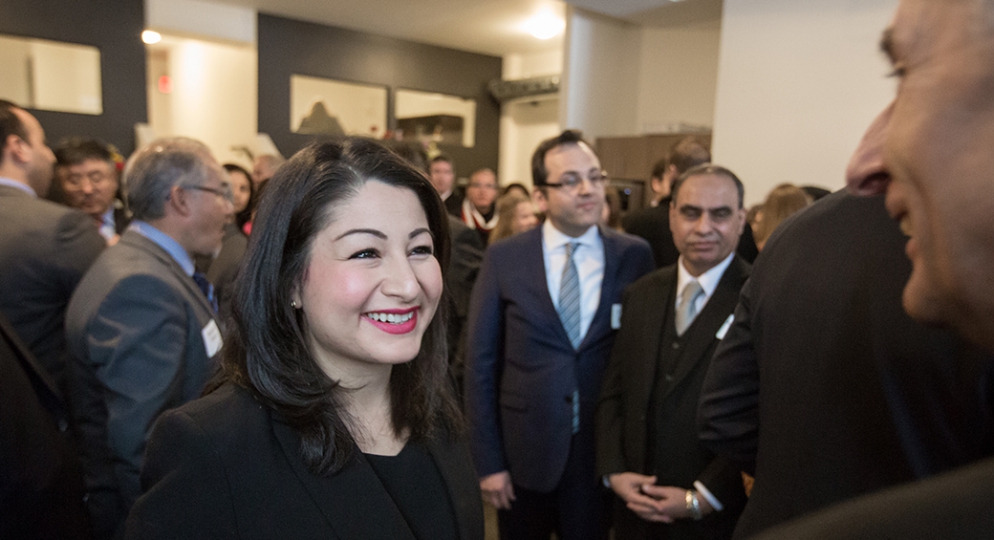Parliament’s Special Committee on Electoral Reform has concluded that a referendum is the best way to determine Canadian public opinion about electoral reform. But the proposition raises many questions that have so far resulted in few answers. Supporters of a referendum have an obligation to show that it can realistically deliver a clear consensus.
Suddenly, though it’s news to me, moving from First Past the Post to a different voting system is a really, really fundamental value question for Canadians. Suddenly the House of Commons, entrusted to make decisions about life and death, war and peace, can’t be trusted with the largely technical question of how votes are cast and counted.
Of course, no referendum was deemed necessary to give Canadians the present FPTP system in the first place back in the nineteenth century. Nor was a referendum needed when, finally, some Canadian men generously gave some women the vote. Nor when, much later still, Canadian settlers in Parliament gave Canada’s original inhabitants the right to vote. Parliament made those changes, which has always seemed sensible until now. But today is somehow different. Why?
Anyway, if consistency, logic and adherence to principle mean anything — which is pretty dubious, these days — if we need one referendum then we must need several.
Since there was no overwhelming demand from the public in the last election to change FPTP, though both Trudeau and Mulcair promised change, it’s only logical that the first referendum must be to determine whether Canadians actually pine for that change or not. Recent evidence suggests it’s a low or very low priority for most of us, though for those who care, there’s substantial support for some kind of proportional representation system.
As well, as all experts now agree, a referendum must be based on a short, simple unambiguous question. This is crucial if the response is to be taken seriously. Past referendum questions at the provincial level have been notably long, complicated and often incomprehensible. Of course, explaining succinctly and clearly PR in its various forms is something of a challenge. What if you saw the following gobbledygook on your referendum ballot?
“We need an electoral system with a Gallagher score of five or less. The Gallagher score or index measures the disproportionality of an electoral outcome by comparing the difference between the percentage of votes received and the percentage of seats a party wins in a legislature.”
There are other key questions that are unavoidable. For example, what size turnout is required to make a referendum a legitimate reflection of the public will? Several provincial referenda on electoral reform have witnessed turnouts far less than 50 per cent. Apathy was the big winner. Would this still count? Would this level of support reflect a genuine consensus on anything, other than most Canadians being bored silly by the entire question. But think of this: Turnout is never considered in parliamentary elections. The winning party wins regardless of the number of people who turn out to vote.
Here are two other tough ones. What level of support for one or the other type of voting system is required? Does a simple majority win? Is 50 per cent-plus-one enough since it’s enough to break up a country?
And what about vote distribution? What if Ontario and New Brunswick vote for PR and get a larger total than Quebec and Saskatchewan, which support ranked balloting? What if each chooses a different type of PR? What if Quebec stands alone? Or, what if Ontario and Quebec agree but all the rest disagree? Won’t that divide the country irrevocably? These are pretty serious considerations with, as yet, no answers.
This raises the multiple choices that are available to us if the first referendum actually shows that Canadians want to ditch FPTP, which they well may not. There seem to be, floating around the world, a goodly number of different voting systems. Speaking for myself, many are quite difficult to comprehend. This significantly complicates the referendum question, which, as noted, must be short, sweet and easily grasped to give the referendum legitimacy. A referendum without genuine legitimacy is worth as much as a Donald Trump policy statement.
This would suggest that each of these systems must be referended individually, with a short, sweet and easily grasped explanation of how it operates. Failure to be able to explain its operation simply and sweetly could be taken as evidence that it’s not a very useful choice. The Gallagher bit above, if you’ve not yet guessed, comes direct from the Special Parliamentary Committee, apparently determined to undermine its own conclusions.
To be clear and logical, several referenda are surely required — a nuisance, perhaps, but that’s democracy for you.
With six months needed to organize each referendum, these exercises in mass democracy could take some years and cost about the same as a CF-18. Whoever said democracy comes cheap? But we’d better be sure the exercise is worth it.
So I assume both the Conservatives and the NDP are just about to offer their responses to these questions. Though if either party has held a referendum among its own members on such a fundamental issue, I missed it.
Me, I’d have the House of Commons decide even if that means the Trudeau government decides and decides wrong. I hear that’s called democracy, if I’m not wrong.
This article was originally published in The Globe and Mail.
Like this article? Please chip in to keep stories like these coming.
Image: PMO/Adam Scotti



